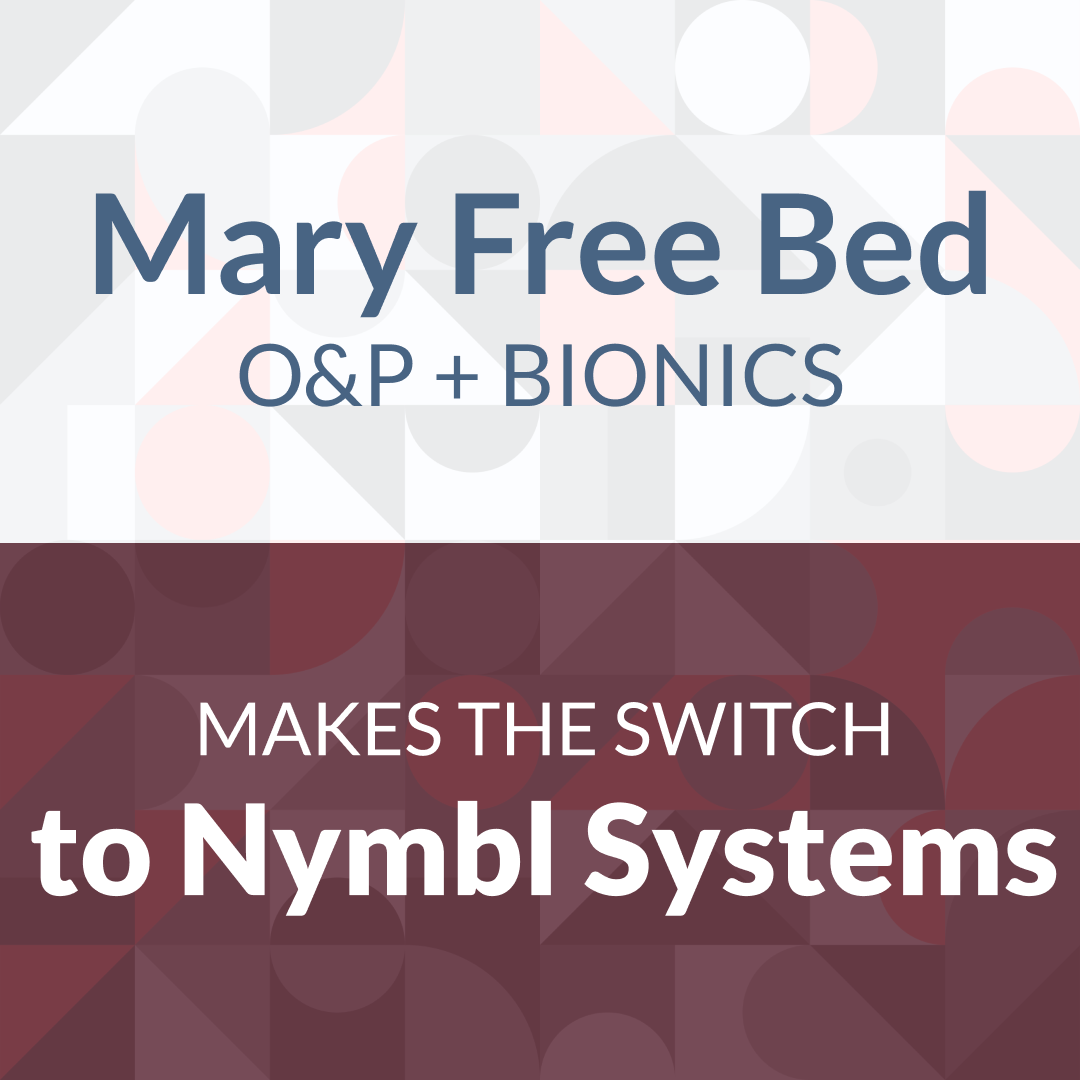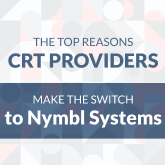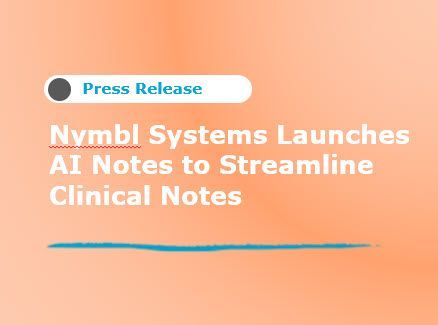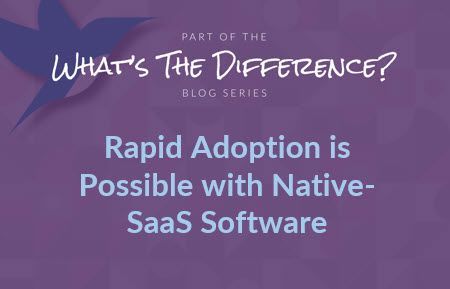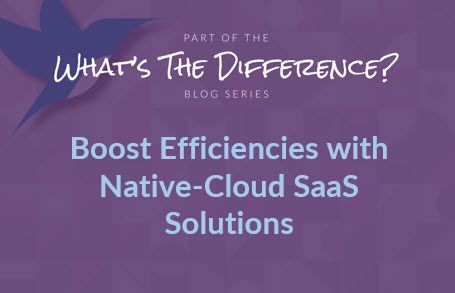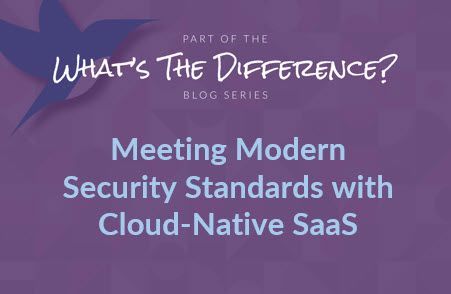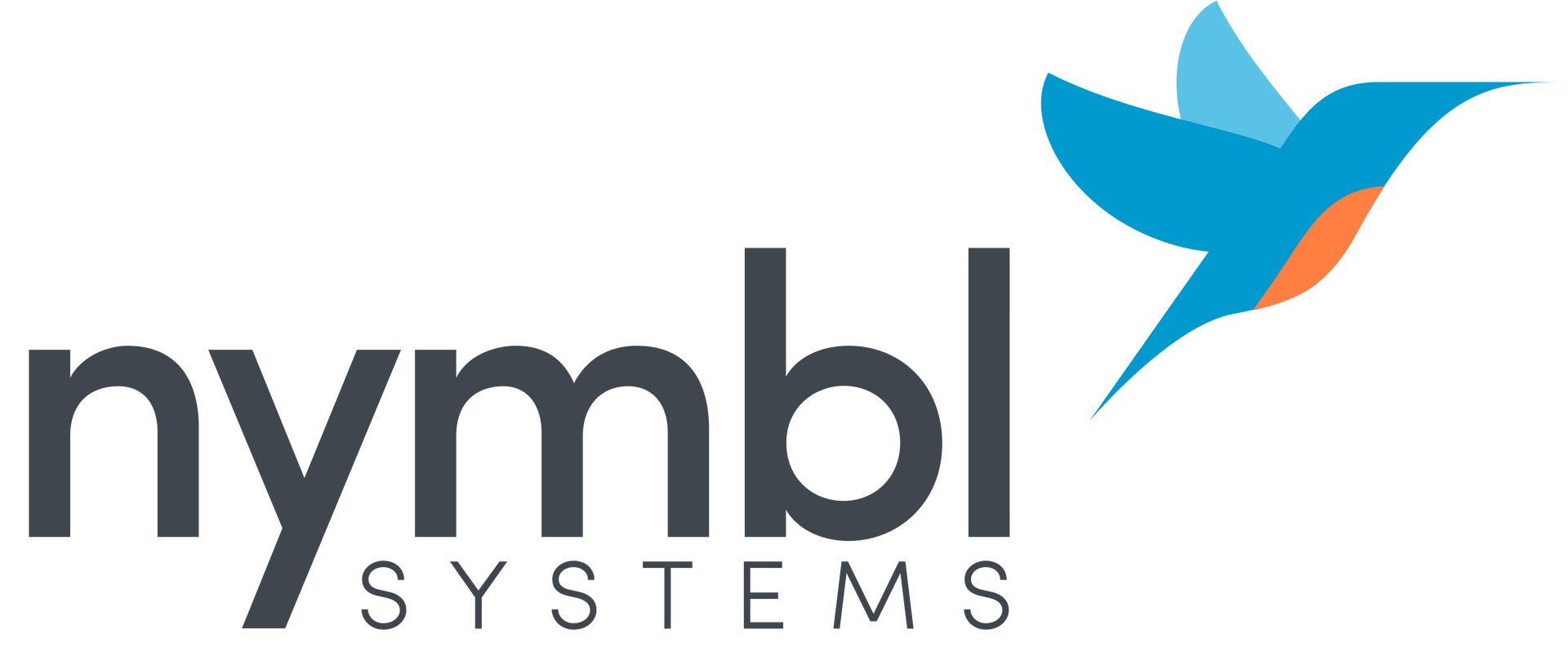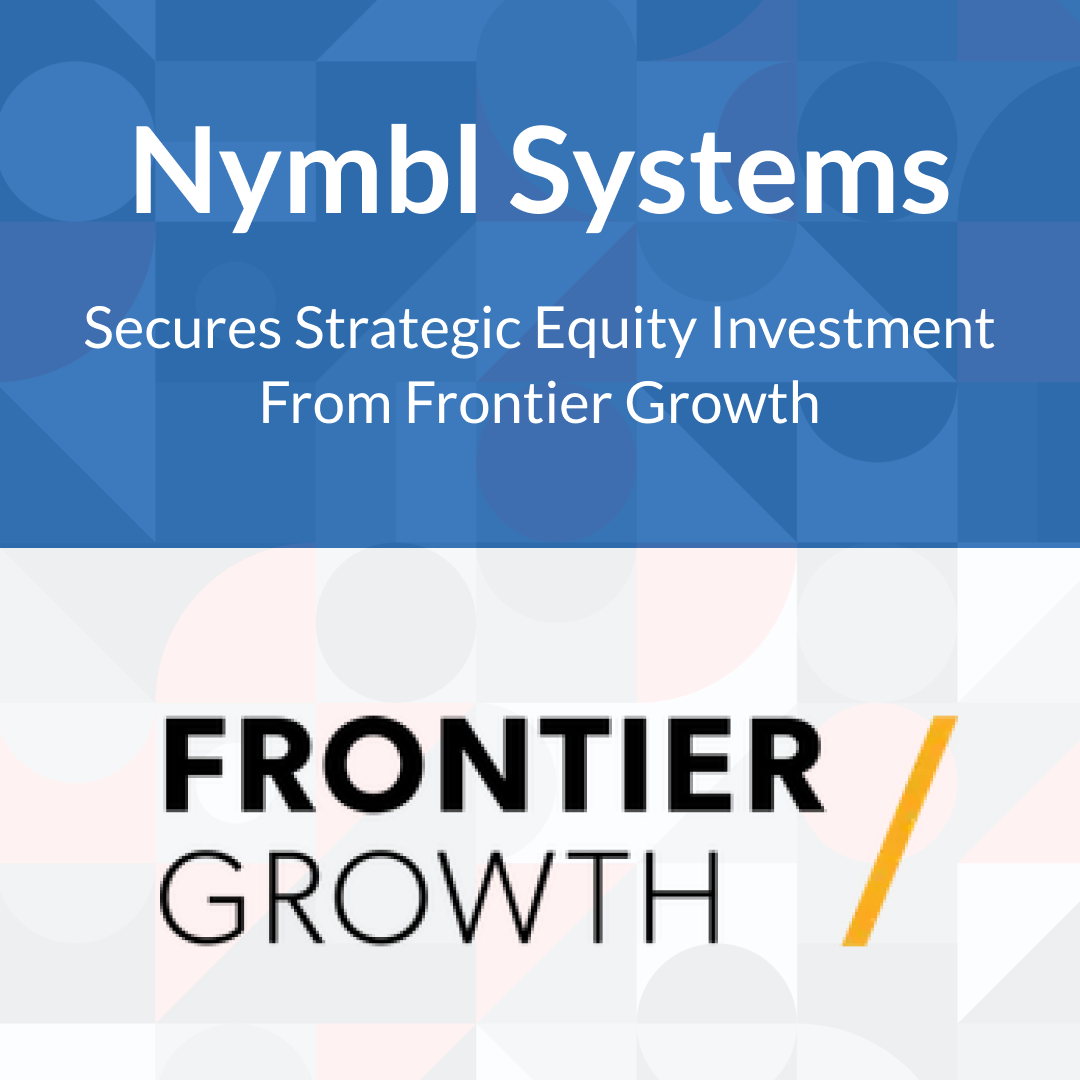How Successful Businesses Navigate the Top 3 Challenges in HME
In the rapidly evolving landscape of home medical equipment (HME) providers, business leaders are increasingly confronted with a trio of challenges: navigating complex payer rules for claims, managing high turnover rates among billing specialists, and grappling with complicated software solutions that impede rather than enhance operational efficiency.
These challenges not only strain resources and erode profit margins, but also detract from the core mission of HME providers: to deliver essential medical equipment that enhances the quality of life for their clients. It’ time for a fresh approach to these challenges that have plagued the HME industry.
Complexities of Payer Rules
One of the most daunting challenges faced by HME providers is the complexity of payer rules for claims submission and reimbursement. Each payer, be it Medicare, Medicaid, or private insurance, operates under its set of guidelines, which can change frequently and without notice. This complexity makes the claims process akin to navigating a labyrinth, where a single misstep can lead to denials, delays, and decreased cash flow. It's a situation that demands not only vigilance but also a deep understanding of the nuances of payer requirements—a task that is both time-consuming and fraught with potential for error.
The Turnover Turmoil
Compounding the challenge of complex payer rules is the high turnover rate among billing specialists. The intricate nature of HME billing, coupled with the stress of meeting deadlines and the frustration of dealing with denials, contributes to job dissatisfaction and, ultimately, turnover. Each departure of a billing specialist represents not just a loss of institutional knowledge but also a disruption in cashflow while new hires are brought up to speed. The cycle of training and turnover creates a vulnerability in the billing process, leading to inconsistency in claims submission and the potential for increased denials and delays.
"An ideal software solution would offer the following key features: automated compliance with payer rules, user-friendly design, comprehensive training and support, and advanced analytics and reporting."
The Software Conundrum
At the heart of these challenges lies the software conundrum. Many HME providers are saddled with outdated or overly complicated legacy software solutions that add layers of complexity rather than simplifying the billing and business management process. These platforms often require extensive training, are not intuitive, and fail to integrate seamlessly with other systems, resulting in inefficiencies and errors. The need for constant manual intervention not only slows down operations but also increases the risk of human error, further complicating the claims process.
The Case for Intuitive Software Solutions
The need for intuitive billing and business management software in the HME space has never been more pressing. Such solutions can alleviate the challenges mentioned above by providing a streamlined, user-friendly interface that minimizes the learning curve and maximizes efficiency.
An ideal software solution would offer the following key features:
- Automated Compliance with Payer Rules: Automatically updated to reflect the latest payer rules and regulations, ensuring claims are submitted correctly the first time, reducing denials and delays.
- User-Friendly Design: Intuitive interfaces that require minimal training, allowing both seasoned professionals and new hires to navigate the software with ease.
- Comprehensive Training and Support: Robust training programs and responsive customer support to ensure users can leverage the software's full capabilities and address issues promptly.
- Advanced Analytics and Reporting: Detailed insights into the billing process, identifying bottlenecks and opportunities for improvement, enabling data-driven decision-making.
A Mental Shift
The transition to intuitive software solutions represents more than just an upgrade in technology—it signifies a paradigm shift in how HME providers approach billing and business management. By adopting solutions designed with the user in mind, providers can significantly reduce the time and effort spent on administrative tasks, allowing them to focus more on patient care and less on paperwork.
In addition, intuitive software can help mitigate the effects of high turnover among billing specialists. When training is simplified and the learning curve is minimized, new hires can become productive more quickly, reducing the impact on cash flow during transition periods. Additionally, by automating routine tasks and ensuring compliance with payer rules, these solutions can decrease the likelihood of errors and denials, further stabilizing the billing process.
Looking Forward
For HME leaders, the message is clear: embracing intuitive billing and business management software solutions is not just an option; it's a necessity for navigating the complexities of the modern healthcare landscape. By prioritizing ease of use, automation, and integration, Nymbl Systems helps HME providers can overcome the challenges of complex payer rules, high turnover rates, and cumbersome software, setting the stage for improved operational efficiency, enhanced cash flow, and ultimately, better patient outcomes.
